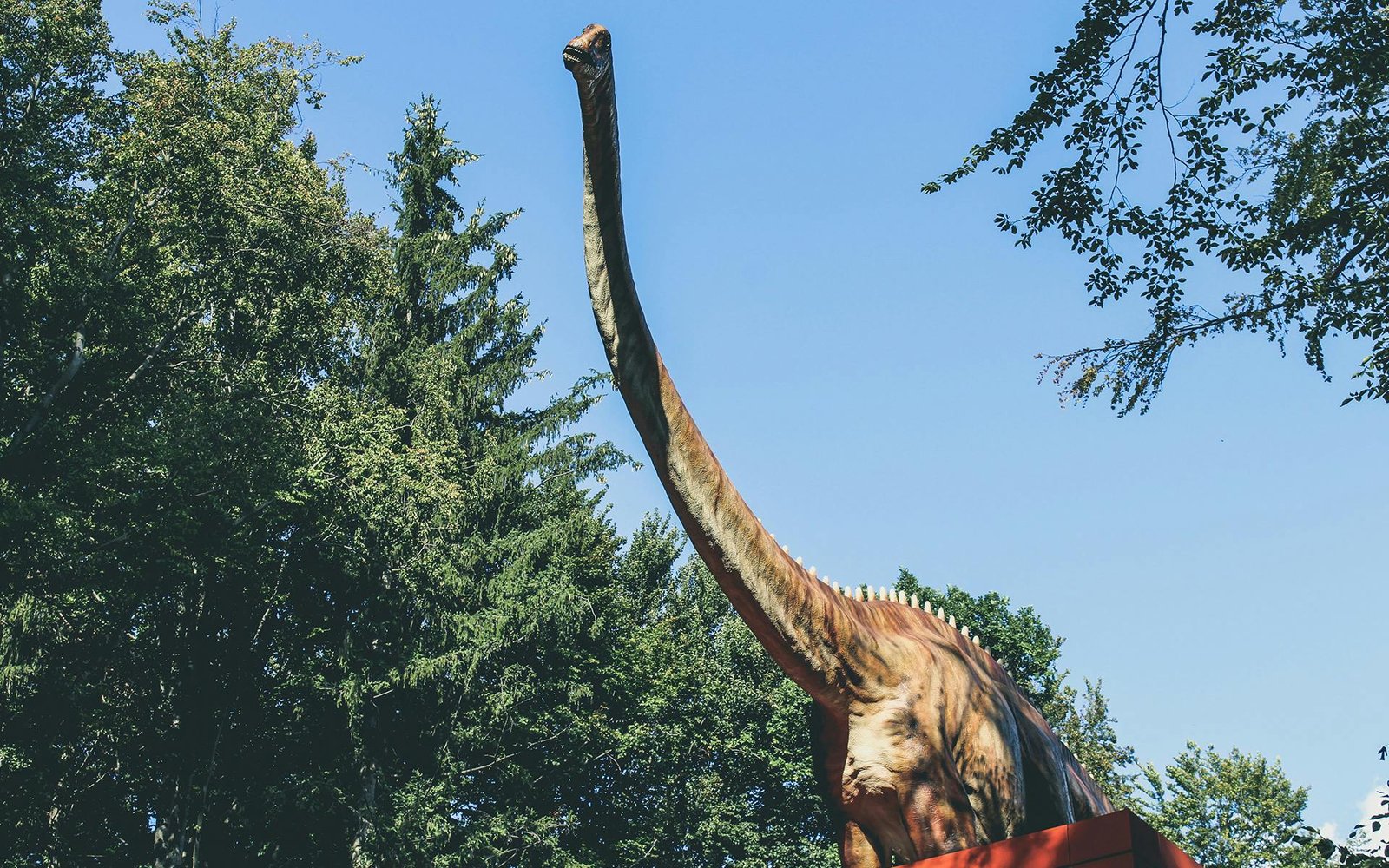- The UK’s largest dinosaur trackway site has been discovered in an Oxfordshire quarry.
- The site, estimated to be 166 million years old, contains around 200 footprints from two types of dinosaurs.
- The footprints were discovered by a quarry worker and later excavated by a team of over 100 scientists, students, and volunteers.
- This discovery provides unique insights into the behavior and movement of these prehistoric creatures and underscores the importance of continued exploration and excavation.
In a landmark discovery, the most extensive dinosaur trackway site in the UK has been unearthed in a quarry in Oxfordshire. The site, estimated to be 166 million years old, is adorned with approximately 200 massive footprints that criss-cross the limestone floor. These footprints are believed to have been left by two distinct types of dinosaurs – a long-necked sauropod named Cetiosaurus and a smaller carnivorous dinosaur, Megalosaurus.
The footprints, some of which are up to 2 feet wide, provide a unique glimpse into the prehistoric world. The longest trackways stretch up to 150 meters in length, but it is believed that they could extend much further as only a portion of the quarry has been excavated.
The discovery was made by Gary Johnson, a worker at Dewars Farm Quarry, while operating a digger. Johnson noticed a series of humps in the ground, which he initially dismissed as abnormalities. However, upon encountering similar humps at regular intervals, he realized that they could be dinosaur footprints.
Unearthing the Tracks
The site was subsequently excavated by a team of over 100 scientists, students, and volunteers. Their efforts revealed five different trackways. Four of these were made by sauropods, plant-eating dinosaurs that walked on four legs. The footprints left by these creatures resemble those of an elephant, only much larger, as these dinosaurs could reach up to 18 meters in length. The fifth trackway is believed to have been created by a Megalosaurus.
Dr. Emma Nicholls, a vertebrate palaeontologist from the Oxford University Museum of Natural History, described the Megalosaurus footprint as a caricature of a dinosaur footprint. It is a tridactyl print, characterized by three distinct toes. The Megalosaurus, which walked on two legs, was an agile hunter. These creatures were the largest predatory dinosaurs known to have existed in the Jurassic period in Britain.
A Step Back in Time
The discovery of this site is significant not only for its scale but also for the insights it provides into the behavior and movement of these prehistoric creatures. As Prof Kirsty Edgar, a micropalaeontologist from the University of Birmingham, puts it, the site allows us to step back in time and get an idea of what it would have been like, these massive creatures just roaming around, going about their own business.
The site also stands as a testament to the advancements in modern technology and techniques, which have enabled the prints to be recorded more comprehensively than ever before. The team of researchers took over 20,000 photographs to create 3D models of the footprints and made casts of the tracks.
This discovery is a significant addition to the field of paleontology and is expected to contribute to our understanding of these magnificent creatures that once roamed the earth. It also underscores the importance of continued exploration and excavation in uncovering the secrets of our planet’s prehistoric past.
In conclusion, the discovery of the largest dinosaur trackway in the UK is a significant milestone in the field of paleontology. It not only provides a unique glimpse into the prehistoric world but also underscores the importance of continued exploration and excavation in uncovering the secrets of our planet’s prehistoric past. The site stands as a testament to the advancements in modern technology and techniques, which have enabled the prints to be recorded more comprehensively than ever before. This discovery is expected to contribute significantly to our understanding of these magnificent creatures that once roamed the earth.

